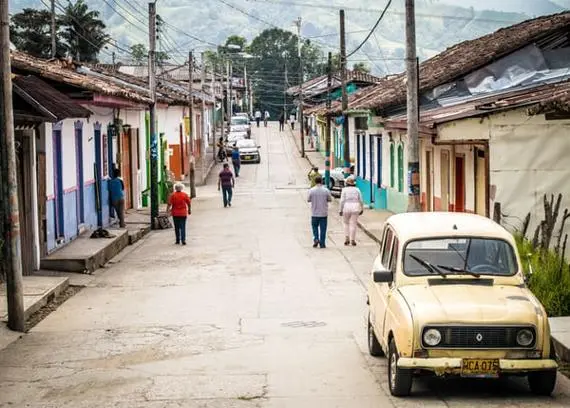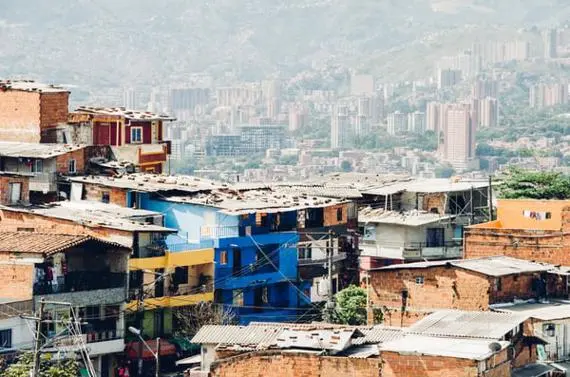Themes: Overview
What Do We Know?
As well as in several other developing countries and also in Europe - over the last 60 or 70 years.
And yet the performance of Latin American students has lagged behind that of other regions
The decline of employment in agriculture has been even more dramatic.
At the same time, at the moment democracy seems fragile, Populism, changes in the constitution of several countries, sometimes designed to allow some leaders to remain in power, and other issues are worrisome.
Why haven’t these changes been accompanied by substantial reductions in inequality?
The region’s inequality has persisted despite social pressure for its reduction and the conviction that excessive inequality is detrimental to living standards and economic progress.
Deep economic, social, political, and historical roots are among those likely to prevent the region from developing more equitable societies. Which factors determine the persistent inequality in LAC and how is it possible to modify them?
Themes
Explore the five themes below:
Establishing the facts about levels and trends of inequality in outcomes
Analyzing the role of the family and communities in shaping inequality in outcomes and intergenerational mobility
Studying the link between inequality and markets for labor, capital and goods
Considering the limited role that fiscal redistribution plays in the region to level the playing field
Examining how inequality shapes political voice, political representation, social unrest and political outcomes


For more than 70 years now, Latin America and the Caribbean (LAC) have experienced exceptionally high levels of multiple and interconnected inequalities. Inequality in LAC is higher than the rest of the world.

Income in the LAC region has more than doubled since 1960. Yet, inequality is still much higher than that observed in European countries at comparable stages of their development. Inequality in LAC is also higher than in countries that have experienced growth and industrialization more recently, such as Taiwan, South Korea, and Thailand.

Hasn’t income inequality in LAC fallen over the last 20 years? Yes, but a striking increase during the 1970s and 80s brought today’s levels of inequality back to those experienced 50-60 years ago.
Sponsors

International Inequalities Institute at the London School of Economics and Political Science

Inter-American Development Bank

Institute for Fiscal Studies

Yale University